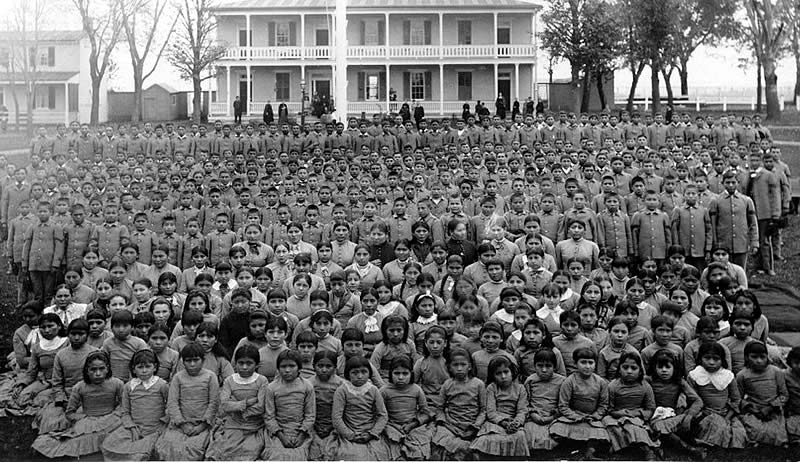
(Note: Normally my sermon manuscripts are a jumping off point for the sermon itself. The words spoken don’t always match the words on the page. Last Sunday, however, the following is more or less what I said.)
Rev. Dr. Todd Grant Yonkman, Transitional Senior Minister
First Congregational Church of Granby
Sermon Series: Dreaming Together (in the Circle of Blessing)
17 October 2021
Text: 1 Kings 3:1-15
Solomon’s Dream
My wife, Nicole, and I signed the mortgage on our first house while she was in labor with our first child, Fiona. Looking back, it’s tough to recall the mix of excitement, stress, and exhaustion that I know we felt when we brought our newborn home. I will never forget the gut-wrenching fear and shame I felt when after a routine infant wellness check we found out that our perfect daughter had tested positive for lead poisoning. After the initial shock, we immediately mobilized all of our resources to locate the source of the lead in our house and remove it. We figured out that the old woodframe windows, which had been painted with lead paint, were the culprit. We did not have the money to replace all of the windows in our house, so my mom–who worked as a hospice chaplain–somehow found the space in her budget to loan us the cash. Within a month or so of our remediation efforts Fiona’s lead levels began slowly to go down. The doctor was hopeful that we had caught it in time to avoid any lasting effects.
I’m happy to say that today Fiona is a successful software engineer living in California. She’s healthy, happy, and strong. Thank goodness that the State of Illinois had mandatory lead testing for infants. Thank goodness we had access to resources to protect our child. Because when your house is poisoning your child, you don’t say, “Someone else put lead paint on those windows. It’s not my responsibility.” When the cost for protecting your child seems beyond your reach, you don’t say, “It’s too expensive. I’m not going to fix it.” No. When there’s poison in your house you move heaven and earth to protect your child. Period. Our churches are like a house with lead paint in them. That lead paint is systemic racism. We didn’t put it there, but it’s our house now and it’s our responsibility to fix it.
The First Church South Church collaborative theme for this fall is Dreaming Together in the Circle of Blessing. Dreaming together has to do with our work to bring our two churches together to create a new UCC presence in Granby–one that is vital and healthy and strong. The Circle of Blessing is taken from South Church’s stewardship theme for the fall which draws on Native American cultures to teach about generosity. Whatever we imagine the circle of blessing to be, my guess is that deep down all of us long to stand in it; however, the Bible teaches us that before we can stand in a circle of blessing we need to reconcile with our neighbor. Unacknowledged, unresolved harm poisons our relationships; therefore, before we can reconcile with others we need to acknowledge harm, repent, and repair. All of this requires a “listening heart.” Our Scripture this morning tells us that God came to King Solomon in a dream. God said God would give Solomon whatever he wanted. Solomon wisely prayed for a “listening heart.” I’m going to invite us to listen with our hearts this morning to the story of Native American Boarding Schools in the U.S.
The past weeks have offered us as Christians several opportunities to uncover our history of racial harm here in the U.S. September 30 was the National Day of Remembrance for U.S. Indian Boarding Schools. Perhaps some of you heard in the news recently about the hundreds of Native American children buried in mass graves on the property of boarding schools operated by Christain churches in Canada. You may or may not be surprised to learn that churches operated Native American boarding schools in the U.S. as well. The National Native American Boarding School Healing Center has a Website that documents the traumatic legacy of Native American Boarding Schools including a list of those Christian denominations that operated them. The Congregational Church operated three boarding schools with a total of 14,476 students. What were Indian Boarding Schools like?
“Kill the Indian, save the man”: This was the policy of Native American boarding schools, articulated memorably by Richard Henry Pratt, the founder of the first school known as the Carlisle Indian School in Carlisle, Pennsylvania. From 1879 to the 1970s 376 schools in locations around the U.S. took Native children as young as 4 or 5 years old from their homes. Once at the school, their hair was cut, they were made to wear European style clothing, and they were prohibited from speaking their native language. At first the schools were located on reservations. When native children started fleeing the schools en masse, the schools were relocated far away from reservation land. Because of the cost of travel and the poverty of indigenous families, most children rarely, if ever, saw their families again. When the children did return they could no longer speak with or relate to their families.
At the schools native children experienced malnourishment and abuse. Many died. They operated like labor camps. Native families resisted the taking of their children. They taught their kids to play “the hiding game” whenever the people from the boarding schools came around. In one particularly haunting story, a group of Hopi men in Arizona surrendered themselves to be imprisoned in Alcatraz in exchange for saving their children from boarding school. The native families had little choice but to send their kids, but many still found ways to resist. This is just one example of the Congregational church’s problematic history with race in this country. It might feel better for us to ignore these and other difficult pieces of our history, but until we do, we will never be able to take our place in the circle of blessing.
Indian boarding schools were the result of the systemic racism that is built into the very foundations of this country. It’s my understanding that First Church and South Church are considering coming together to create something new. Both churches are going through a process of looking at what is and what was in order to imagine what might yet be. We are taking down the drywall, looking at the studs, scraping back layers of attitudes, assumptions, and traditions to get to essence, the firm foundation of what it means to be a church so that the new thing can be a safe, life-giving space where all can thrive.
Now is a great opportunity to lay a new anti-racist foundation for our congregations’ future. When there’s poison in your house, you do whatever you can to fix it. Racism is a poison in America. Our congregations are not immune from its effects. Now is the time to acknowledge the harm, repent, and begin the work of repair. It will cost us our comfort. It will cost us time and effort and resources. With God’s help we can do this. Like Solomon of old with a listening heart and hands willing to do the difficult work of healing we will one day find our place in the circle of blessing.





